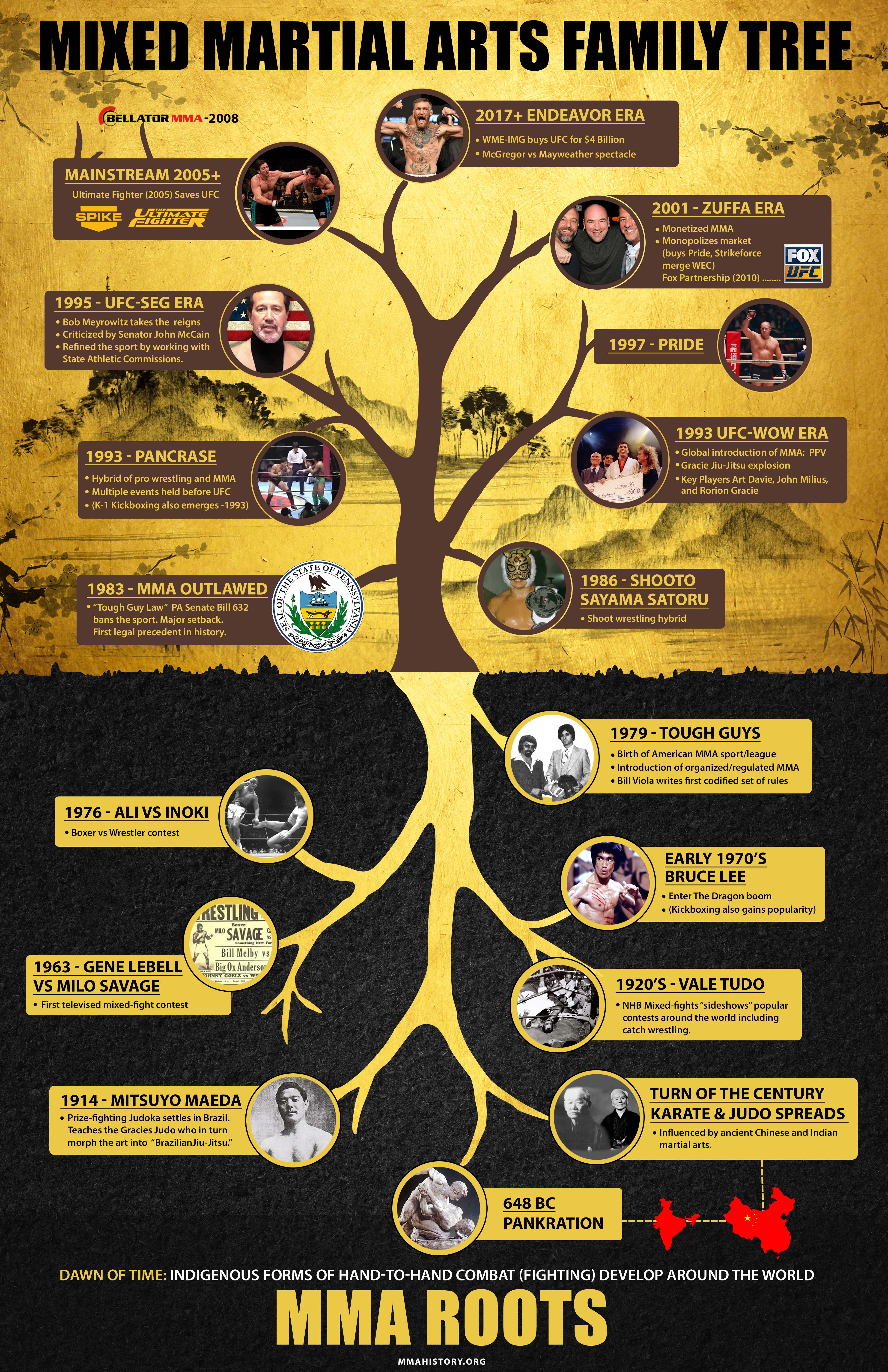Trick Distinctions Between Typical Martial Arts And Modern Fight Sports: A Thorough Analysis
Trick Distinctions Between Typical Martial Arts And Modern Fight Sports: A Thorough Analysis
Blog Article
Material Composed By-Bright Sexton
When you consider martial arts, do you lean extra towards the typical methods or the modern battle sports? Each path uses special advantages and experiences, formed by their approaches and training methods. Traditional martial arts emphasize individual development and discipline, while modern-day fight sporting activities concentrate on competition and performance. Understanding these differences can assist you in picking the right method for your trip. But just how do these differences materialize in training and philosophy?
The Philosophy and History Behind Typical Martial arts
While lots of people associate martial arts with physical combat, the viewpoint and background behind typical martial arts run much deeper. what is mixed martial art 'll discover that these self-controls highlight individual growth, discipline, and regard.
Stemming from ancient methods, traditional martial arts were often established for Self-Defense and spiritual growth. They symbolize principles such as balance, consistency, and self-control, assisting professionals past plain battling abilities.
As you train, you'll not only discover techniques but likewise acquire understandings right into the society and worths that formed these arts. The routines and customs, commonly given with generations, cultivate a sense of neighborhood and belonging.
The Affordable Nature of Modern Fight Sports
Modern combat sporting activities have actually changed the landscape of martial arts into a very competitive arena, where athletes take on in an examination of skill, method, and endurance.
https://wnyt.com/top-stories/annual-competition-in-albany-celebrates-martial-arts/ 'll discover that competitions are often organized with stringent guidelines and policies, ensuring fair play and safety. These events bring in big target markets, fueling the enjoyment and intensity of matchups.
Athletes educate carefully, not just for physical expertise but additionally for mental durability, knowing that every information counts in the ring. The adrenaline rush during competitors is palpable, as boxers press their limits to assert success.
Fans appreciate the athleticism and virtuosity included, making contemporary battle sporting activities a thrilling phenomenon that remains to evolve and mesmerize enthusiasts all over the world.
Training Approaches and Strategies: A Relative Evaluation
The affordable ambience of contemporary fight sporting activities demands cutting-edge training approaches that vary dramatically from standard martial arts.
In contemporary training, you'll focus on certain methods, sparring, and conditioning, commonly using drills that mimic real fight scenarios. You'll see an emphasis on measurable performance and constant competitors to evaluate your abilities.
On the other hand, standard martial arts focus on kinds, katas, and philosophical trainings, commonly highlighting discipline and regard over competition.
Training is usually less extreme and may involve repeated technique rather than real-time sparring.
While both methods construct skill and physical fitness, modern-day combat sports offer an extra dynamic and versatile training environment, preparing you for immediate obstacles in the ring or cage.
Pick the course that aligns with your objectives and rate of interests.
Final thought
In picking in between standard martial arts and modern-day combat sports, it truly boils down to what you value a lot of. If you're searching for personal growth, technique, and a sense of area, traditional arts may be your best fit. But if you flourish on competitors and real-time challenges, modern-day battle sports could be the method to go. Inevitably, both courses supply unique benefits, so it's all about straightening your training with your individual objectives and interests.
